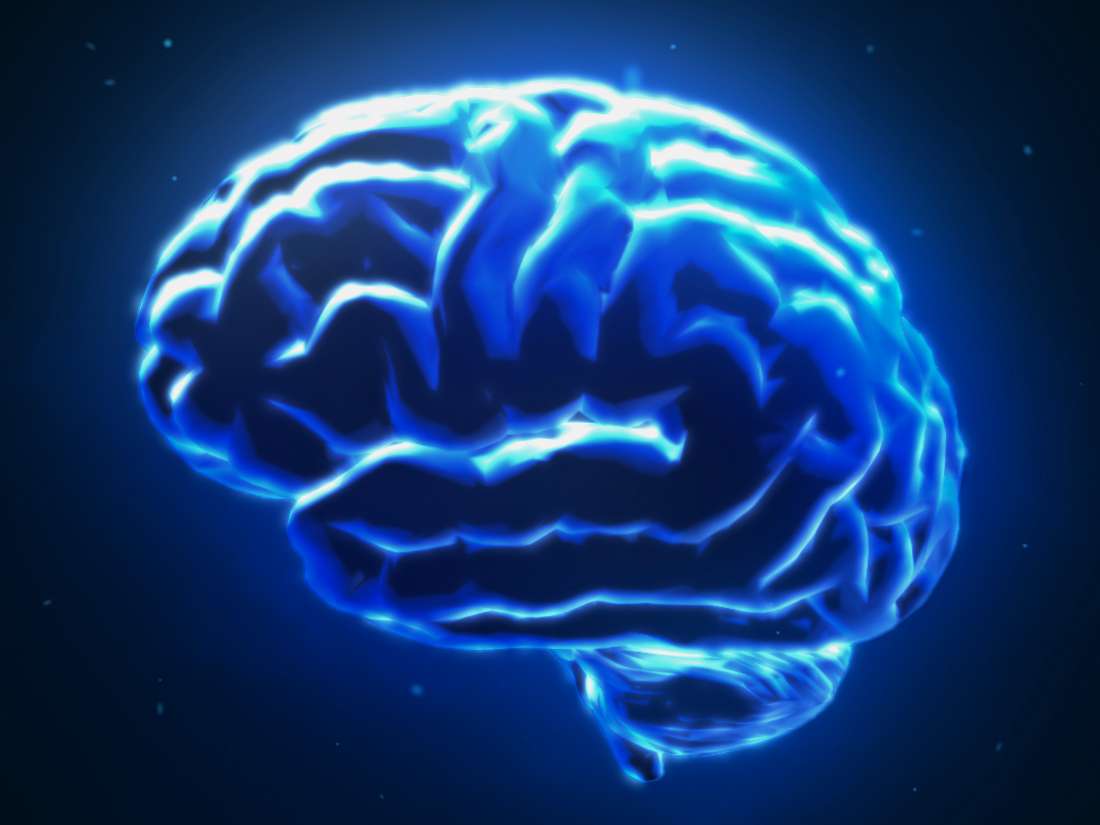Sleep is a rather strange phenomenon when you think about it. Sleeping for seven to nine hours once a day provides the ideal amount of time to improve friendship with your bed, rationalize the inability to answer emails, and recover from the day’s busyness by consolidating memories and rejuvenating muscle.
Some sleep disorders are called parasomnias, which are nocturnal events that can happen while you’re falling asleep, asleep, or waking up. “Parasomnia” means abnormal or incorrect sleep. It is derived from the “para” word, which is often translated as “unhealthy.”
There is something wrong with the sleep or rest of someone who has parasomnia.
Some wake up at midnight or keep someone up by moving about, so parasomnias are commonly referred to as things that go “Bump in the Night ” since many are linked with movements during sleep.
Many other sleeping disorders like restless leg syndrome, parasomnias, and sleep apnea can be considered parasomnias. Sleep deprivation can occur with many of these activities. However, you may get the recommended 7-9 hours of sleep; the sleep quality will impair if your sleep cycle is interrupted.
Table of Contents
What is Parasomnia?
A parasomnia is a sleep disorder that occurs when you become aware of swift eye movements (REM) sleep or a brief waking from this type of sleep. It may result in behaviors such as talking or walking during sleep, leading to unwanted physical consequences. You can effectively cure parasomnia if you just click here.
Paresthesias often occur during sleep, during specific sleep stages, or while the sleep-wake cycle is transitioning. Patients suffering from parasomnias are both disturbed by them, and their bed partners are placed at risk simultaneously.
Types of Parasomnia
There are various types of parasomnia: sleepwalking, sleep talking, sexsomnia, nightmares, night terrors, teeth grinding, random eye movement sleep disorder, non-REM sleep disorder, and many others. Let’s have a look!
Sleep Walking
Sleepwalkers are people who look awake but are asleep because of the physical movements they are making. Afterward, you won’t even remember it. Most sleepwalkers tend to move during deep, non-rapid eye movement (non-REM) sleep, which occurs in the early hours of the night.
Also, it can happen during Rapid Eye Movement (REM) sleep in the early morning. It affects children from ages five to 12, mostly when experiencing this kind of parasomnia. As teenagers enter their teenage years, they tend to stop being as open.
It is a family trait that sleepwalkers tend to repeat. The act of waking a sleepwalker does not pose a danger but may leave the sleepwalker confused. Generally speaking, sleepwalkers cannot see where they are in space, and they can fall or bump into things.
Sexsomnia
In a case of sexsomnia, you may be able to engage in sexual activities while you are asleep, including sex, moaning, thrusting, masturbating, and more. The American Sleep Association describes this narcoleptic parasomnia as sexually active behavior that occurs during sleep. Even though researchers may not yet completely understand the cause of the disorder, apparent confusional arousals have been associated with it. Some sexsomnia patients were also diagnosed with parasomnias that recur during NREM sleep.
The danger in this scenario could be an injury to yourself or someone else, as is true with many parasomnias. Additionally, there can be several other consequences. While you are asleep, consent is not feasible if you are having sex with your partner. Sexual sleep disorders have been mentioned in some cases of sexual assault and rape.
To treat sexsomnia effectively, treating underlying sleep problems may be paramount. Taking sedating medications and using specialized alarms that wake you up if you move too much may be required, as the International Society for Sexual Medicine advises.
Night Mares
Dream-related parasomnia and nightmares occur when you have regular nightmares that are incredibly scary and keep you awake. Nightmares are common for almost everyone, but they can be stressful and time-consuming unless they become a disorder.
As Dr. Epstein explains, these episodes often change to a level of so much terror that it is difficult for someone to be subjected to a night of deep sleep. Sleep deprivation can lead to nightmares, which leads to even more sleep deprivation, according to the AASM.
In addition to stress and anxiety, sleep apnea and insomnia can also be factors that lead to nightmares. Despite all the problems resulting from trauma, a majority of people have nightmares. The AASM reports this in its research. It’s also possible to get nightmares from certain medications like some antidepressants.
Your therapist may be able to help if you’re worried about your nightmares. The American Academy of Sleep Medicine recommends treatment options that include counseling, stress management, and systematic desensitization, which involves gradual exposure to dream content to handle it differently for future exposures.
Conclusion:
A few parasomnias, such as REM parasomnias, are more concerning for various, grave reasons. However, the American Academy of Sleep Medicine states that most parasomnias are harmless. So we avoid taking any sleeping pills and OTC medications. Because Doctors usually would not recommend sleeping medicines. We need to change our lifestyle. It may help to provide you with good sleep quality.




